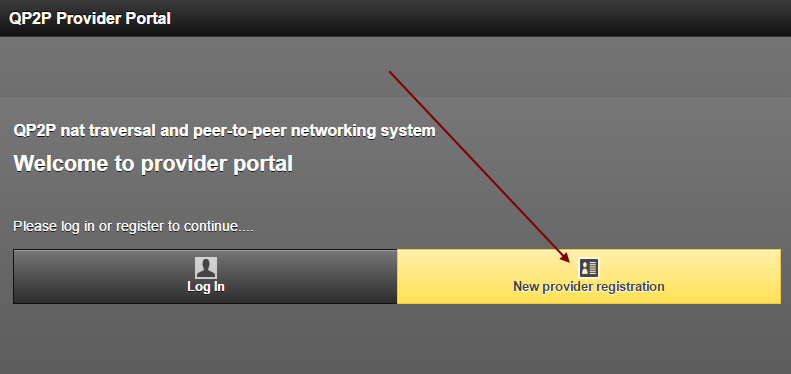QuickP2P is general purpose peer-to-peer NAT traversal system. It includes all things you need to build your own peer-to-peer application straight out of the box:
- NAT Traversal - the process of direct communication channel creation between two peers.
- Peer lookup - an easy way of finding or distinguishing one or many peers currently online by fully customizable meta-data
- Peer state tracking and broadcasting - Ability to instantly get notification of peers’ state changes and to be able to broadcast local peer state to others easily.
- Instant messaging - short chat messages, control messages...
- Index meta-data storage and lookup (quickP2P virtual networks)
- Private and secure data transfer providing secure key exchange methods and built-in encryption
So package contains all you need to build your peer-to-peer application. In most cases, you just need to provide GUI, hook API, a bit of basic coding and you are ready to go on markets.
Except for easy use major advantages you will get using quickP2P:
* Most private and secure way of data transfer over the internet in the world today. Data transfer goes directly, there are no intermediate points. Encryption and secure key exchange which you can use at will be also available.
* Fast real-time communications between peers. Transfer speed is limited by peer host internet connections eliminating server factor in between. This imposes a low cost of system maintenance because you don’t need server power and bandwidth.
* Easy way of controlling custom remote electronic devices everywhere where internet is available. One practical example of use would be connecting device via SIM card modem. You can easily install SIM modem on your electronic board and use quickP2P on some embedded Linux installed in the device. This makes your device available for control and probing easily at an ultra-low cost.
* You don’t have to think about what type of networks clients have, it just connects in the best possible way
* You can build IPv6 like network with quickP2P
* Everything provided with API is available on all platforms where you use API
* QuickP2P does not require high user privileges to operate it uses sockets in a common way
* You can easily create VPN, RDP and other protocol tunnels to support other applications and services or to provide them additional security. Example of protocol additional securing would be P2P mail - mail that skips SMPT servers and goes from one peer to other directly.
* You can easily build applications that are similar to some of the world most popular applications most of us use every day...
* You can use it for multiplayer games without investment in game servers...
So there are plenty of reasons that may make you decide to use this system.
How can you start using it?
To use it, you need to download API for the right platform(s) you will work with and you need qp2p super-node. For super-node, you can choose to have your own, or for start, you can use our super-nodes so in that case you just need API. There are few types of subscription plans when using our super-nodes so you can choose one that suits your applications best. They can be based on time period or a number of created tunnels. Anyway, you will always get free evolution period or available free tunnel openings that are enough to develop and test your application.

You start by registering as quickP2P application provider. After that, you get access to provider portal where you can register your applications. For API client to work it will need to provide provider and application tokes so the system would let him in. Portal provides you all means to develop and monitor your applications. Every application you register will be enclosed in its scope.
API downloads, documentation, examples and engineering support are also things you will get on provider portal.
For start we recommend you go through examples we made available so you could easily get understanding of API concepts.

